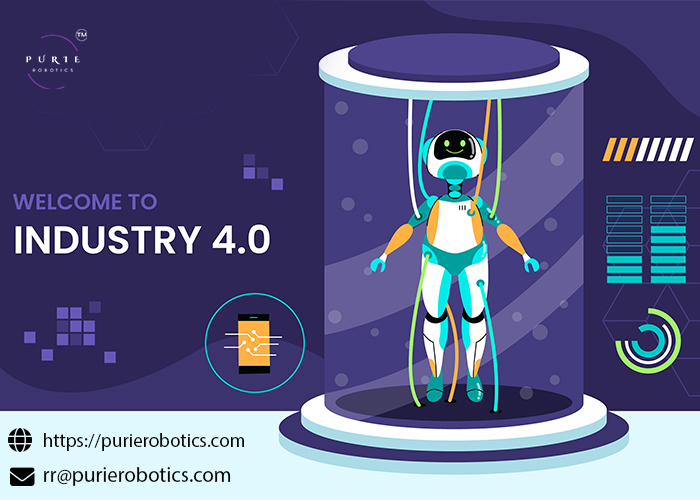
Robots play a significant role in driving business growth by enhancing productivity, reducing costs, and enabling innovation. Here’s how robots contribute to business growth:
1. Increased Operational Efficiency
- Automation of Repetitive Tasks: Robots handle repetitive and mundane tasks with speed and precision, allowing human employees to focus on more strategic and creative activities.
- Continuous Operation: Robots can work 24/7 without breaks, significantly increasing output and efficiency.
- Labor Savings: Automating tasks with robots can lead to significant reductions in labor costs.
- Reduced Errors and Waste: Robots perform tasks with high accuracy, minimizing errors and material waste, leading to cost savings.
3. Enhanced Quality and Consistency
- High Precision: Robots deliver consistent and precise results, ensuring high-quality products and services.
- Quality Control: Advanced robots equipped with sensors and AI can perform detailed inspections, maintaining high quality standards.
4. Scalability
- Flexible Manufacturing: Robots can be easily reprogrammed to adapt to new products and processes, allowing businesses to scale operations quickly in response to market demands.
- Rapid Deployment: Robots can be deployed faster than training new employees, enabling quick scaling of production.
5. Improved Customer Experience
- Faster Service Delivery: Automation leads to faster production and service delivery times, enhancing customer satisfaction.
- Customization: Robots enable mass customization, allowing businesses to offer personalized products at scale.
6. Innovation and Competitive Advantage
- Technological Advancement: Adopting robotics positions a business as an innovator, attracting customers and investors.
- Data-Driven Insights: Robots equipped with sensors collect valuable data, providing insights that drive continuous improvement and innovation.
7. Enhanced Safety and Compliance
- Workplace Safety: Robots can perform hazardous tasks, reducing the risk of workplace injuries and ensuring a safer work environment.
- Regulatory Compliance: Robots ensure tasks are performed according to regulatory standards, reducing compliance risks.
- Energy and Resource Efficiency: Robots optimize the use of materials and energy, contributing to more sustainable business practices.
- Waste Reduction: Precision in manufacturing reduces waste, supporting environmental sustainability goals.
- Streamlined Operations: Robots enhance supply chain efficiency by automating warehousing, inventory management, and logistics.
- Reduced Lead Times: Automation reduces lead times, improving overall supply chain responsiveness.
- Collaboration: Collaborative robots (cobots) work alongside human employees, enhancing their capabilities and reducing physical strain.
- Skill Development: The integration of robots creates opportunities for employees to develop new skills and take on more complex roles.

Leave a Reply